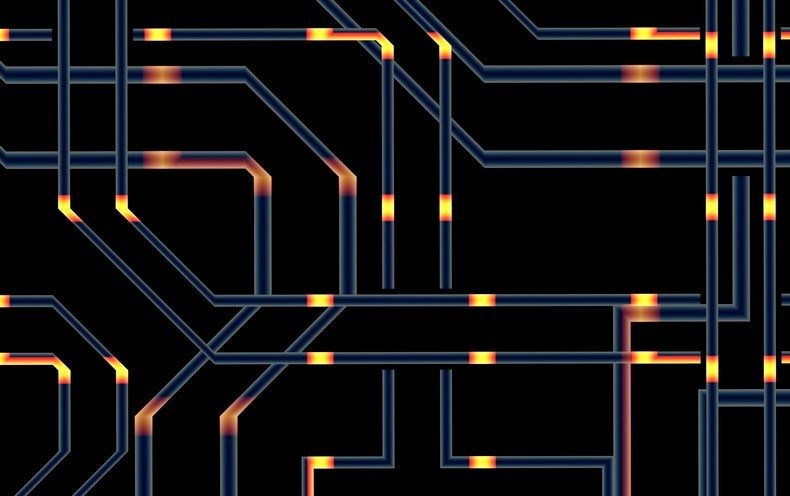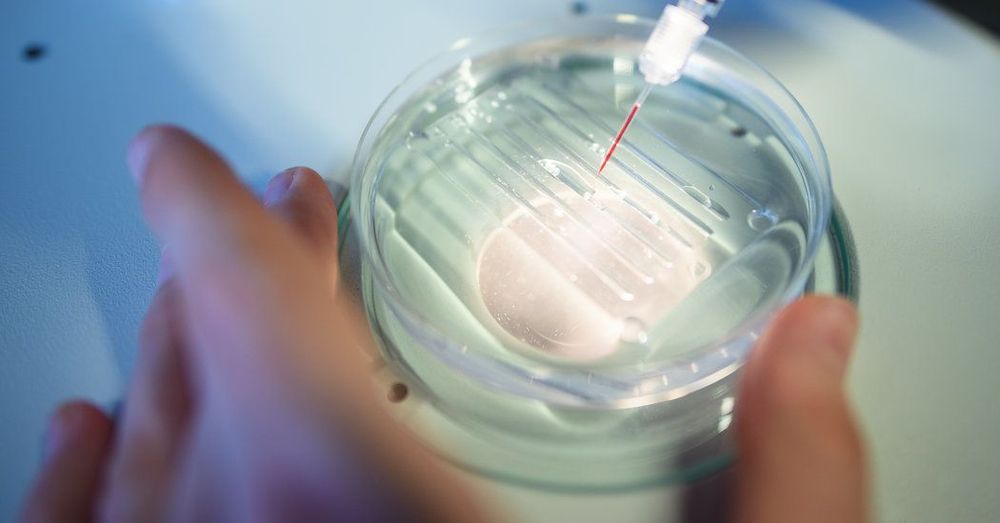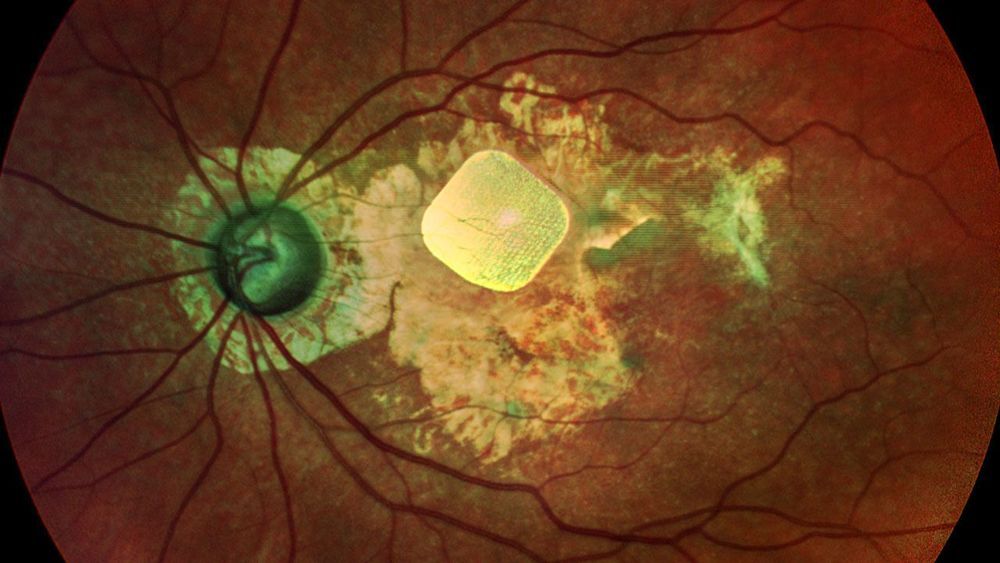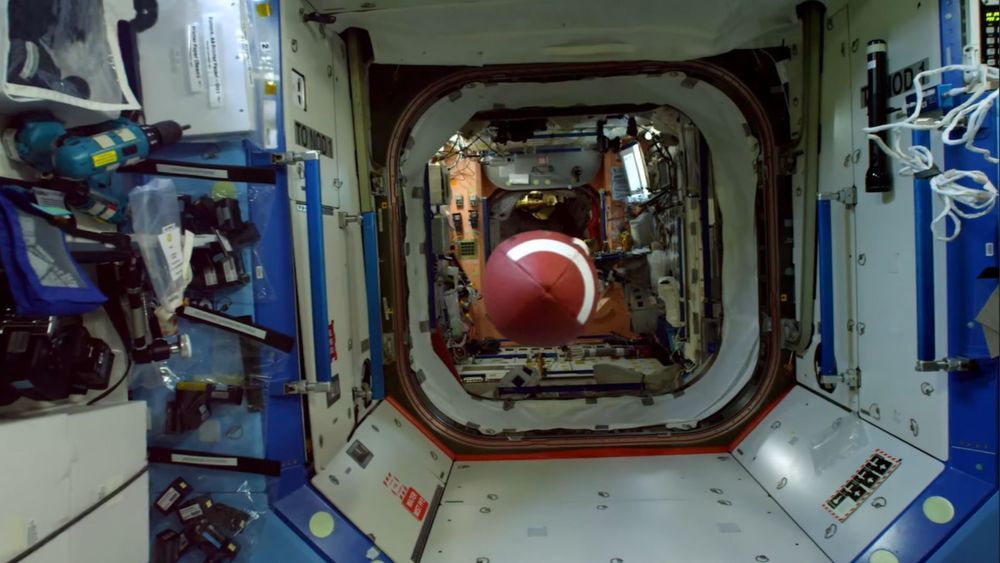The limited system made a notable advancement on the road to beating classical machines.







Everything we think we know about the shape of the universe could be wrong. Instead of being flat like a bedsheet, our universe may be curved, like a massive, inflated balloon, according to a new study.
That’s the upshot of a new paper published today (Nov. 4) in the journal Nature Astronomy, which looks at data from the cosmic microwave background (CMB), the faint echo of the Big Bang. But not everyone is convinced; the new findings, based on data released in 2018, contradict both years of conventional wisdom and another recent study based on that same CMB data set.
Related: From Big Bang to Present: Snapshots of Our Universe Through Time.
Harley-Davidson hasn’t been shy when it comes to talking about its ambitious electric bicycle goals. In fact, Harley-Davidson electric bicycles are a big part of the More Roads to Harley Davidson plan.


A new paper explores adjusting the types of bacteria in the gut as a potential way to improve health in older people.
The microbiome
The gut microbiome is a fascinating and diverse ecosystem filled with a myriad of bacteria, archaea, protists, fungi, and viruses that interact with each other and our bodies in diverse and complex ways.
You can now pay with your smile because credit cards are so 2016.